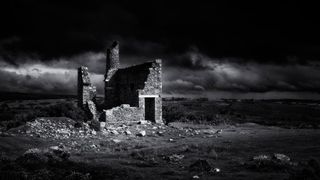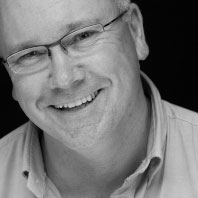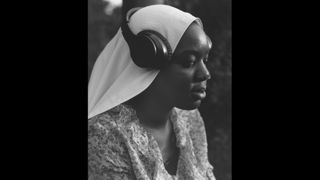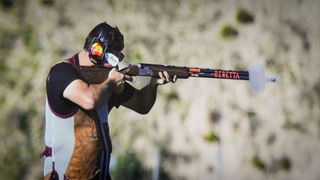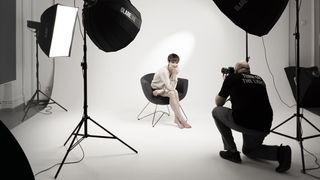I had used Nikon since my college days, back in the early Eighties. Everyone who I ever assisted used the same combination of Nikon, Hasselblad, and Sinar. It’s what the pros of the time used, and who was I to buck the trend? Obviously, as a student, Hasselblad and Sinar were way out of my budget, but I was able to afford a used Nikon F2A and a couple of second-hand Nikkor lenses.
I then remained with Nikon for the rest of my career. I was privileged to represent it as a brand ambassador in 2016-17, shooting the launch brochure for the Nikon Df. I have always enjoyed using Nikon cameras and lenses; the bodies have always suited me ergonomically, and the lenses – of course – were of the highest quality available. From the F2A and F4S through to the D2X and onto the D850, I have loved the handling and usability of the Nikons.
So, why change? There are two main catalysts for change, both personal. I just didn’t like the feel of the new, mirrorless Nikons – the Z6 and Z7. I felt that Nikon had lost something, that "Nikon feel". The cameras could have come out of any old factory, and looked and felt like just about any other mirrorless camera on the market. I also disliked the electronic viewfinder.
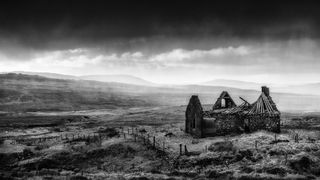
The second reason I was looking to change was that I no longer wanted to carry large amounts of camera equipment around with me, in an even larger and very heavy rucksack. I looked at what I was shooting – landscapes, panoramas, and architecture – and looked at the focal lengths I was using; 20mm, 35mm, and 50mm were the mainstay, with the occasional use of a longer lens.
A funny thing then happened. A friend of mine showed me his Leica M3, made in 1956. I handled it and fell in love with it. A camera, it’s just a camera, but my god, what a camera. Within two weeks I had bought one with a 50mm lens, just to shoot the occasional roll of film as a bit of fun.
A short time later Leica introduced the digital M10, based on the original M3. It had a shutter release, shutter speed dial, ISO dial, and an aperture ring on the lens. So beautifully simple; no modes, no auto-this, that, and the other – just wonderful simplicity.
I bought a second-hand M10 and a 50mm lens to run alongside my Nikon kit, more for occasional use than anything, but I found myself going out with just the Leica and 50mm. I loved using it. The M10 was replaced by the M10-R which was then replaced by the M11, which I think is stunning. My lenses are 21mm, 35mm, 50mm, and 90mm – and they all fit neatly into a Billingham bag with the M11 body and two or three filters. Do I miss longer lenses or extreme wide angles? Not really. Having limited focal lengths makes me go and look harder for images that will work.
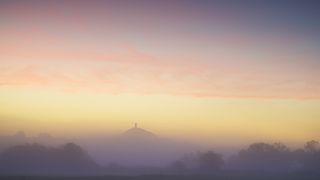
I have now sold all my Nikon kit, apart from my original F2A. Other than that, the sum total of my camera kit is now the Leica M11 and 4 lenses.
It is hard to explain why using an old-fashioned rangefinder camera and manual lenses is so much fun. It is inspiring to use but it is, after all, just a camera. But there is something about it; it oozes quality, the solid feel. It is just so wonderfully tactile and incredibly well-built. The lenses are stunning as well, and small, provided you don’t go for the f/1.4s.
Since switching to using just the Leica, I carry a camera with me wherever I go, and it has opened new horizons. I am still shooting mostly landscapes, for which I am known, but I now shoot a lot of architecture and what I would call ‘urban’ scenes (though I am certainly not a ‘street’ photographer, and I hate the phrase).
I love my Leica M11, but here’s the sad thing. Nikon once made a series of rangefinder cameras in the film era, and they too were superb. It’s such a shame it never brought out a digital version.
If you're interested in the best Leica cameras and the best Leica lenses we've got you covered – and if you're not feeling as flush we also have a best Leica alternatives list (which might include a Nikion!).
